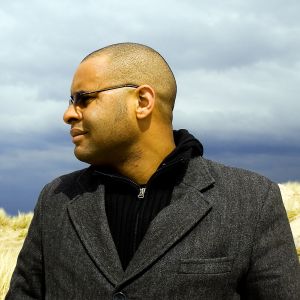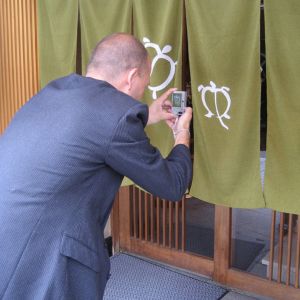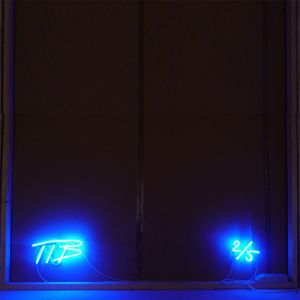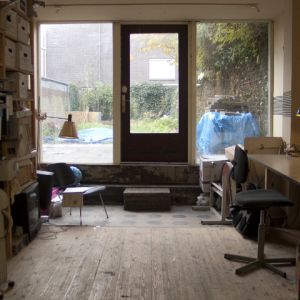Kuin Heuff
If art can be created by construction, partial demolition and reconstruction, and in a constant carousel of decisions, Kuin Heuff goes a step further: she puts the knife in an apparently completed work. Kuin Heuff (Dordrecht, 1969) added a dimension to her painted works by adding air and space in her paintings. Although Heuff is primarily regarded as a painter, the common thread that characterizes her work is another, more philosophical. It's about creating an image and removing part of the image untill a core remains. A core image in which both sides of that process come together: appear and disappear.
Tjeerd Hendriks
Tjeerd Hendriks is a Rotterdam based multidisciplinary creator, although he ocuses on painting. While doing so he confronts the viewer in a very literally way on our visione on beauty or ugliness.
He also works as a craftsman and plays and experiments with materials and interior design. Therebye he creates new functions, contexts and meanings toe seamingly everyday objects.
Rolf Engelen
The eclecticism of Rolf Engelen's work makes it difficult to capture in a word. He operates in the public space, in project-based contexts as well as on commission, and he is involved in several collaborative ventures in the domains of social sculpture and language. He was a co-founder of the world's smallest museum, Museum Van Nagsael (1995-2006), and initiator of the 'Second-Chance Plant Company', which has been saving plants dumped on the street since 1997. The act of giving is a cornerstone of his work.
In his autonomous work, primarily objects and drawings, Engelen transforms familiar images or visual concepts in such a manner that it is as if we are seeing them anew.
Wibbine Kien
After 14 years of working as a designer/art-director/illustrator in the newspaper business, Wibbine Kien started 'Atelier Wibbine Kien' in april this year. "As an independent artist/illustrator/organiser I now am able to use my talents in a way even closer to my heart". Both her illustrations (of which over 300 were published in the media) and her art-work undeniably carry her signature. Her work often displays a strong affection with human traits. Her bigger work, with reverting themes as architecture and microbiology, makes you think of the work of a monk.
Toine Klaassen
Thinking of art as a methodology of conviction, Toine Klaassen's approach to art-as-research reveals how art may only be that form of activity that doesn't conform to any other discipline of knowledge, or regulation of action. Klaassen's in-residence activity produces a complex mix of taxonomical and empirical research, combining psychological and subjective investigations with a self-ironising mysticism that plays satirically with mainstream culture's obsession with the artist-figure as a sort of 'visionary' primitive. Klaassen is both deadly earnest and impishly deceptive in his manipulation of the contradictory forms of his brand of esoteric rationalism.
Anouk Griffioen
Anouk Griffioen (1979) Studio Het Wilde Weten, Rotterdam
Anouk prefers to draw at big pieces of paper or canvas. In thick black lines, smudges and leaving white spaces, she exposes a woman, an emotion. Through a collaboration in 2010 the background became more important and her work started to change. Women that were once so important are fading in a natural surrounding and are looking for shelter, a hiding place. Drawings become more abstract and layered
Judith van den Berg
Judith van den Berg collects things of everyday's life. Things she collects are for example eyecontacts, distances between people, hesitations, advances, habits, shoppinglists. Out of her collections she builds stories, or fragments of stories, which are presented in drawings, photographs, animated films and in controlled events in public spaces. Her educations as a psychologist and as an artist seemlessly fit together. In her work as an artist she likes to influence the way we look at our surroundings and behaviour.
Paul Vinken
Paul Vinken graduated as an architect at TU Delft.áNeverthelessáhe moved his attention to the Fine Arts. He concentrates mainly on three-dimensional objects but is also involved in design, photography and film.
Heáhas developed a particular fondnessáof everyday-materials witháwhicháhe concocts extraordinaryá3-dáimagery. He has been sewing wood (fibreboard) and biscuits, he created objects ofábotháhuman- and horse-hair and sculpted with cotton waste. Inárecent years he made several temporary structures for public space, including the 'do me a garden please'áobjectáon the innercourt of Museum Rotterdam and a number of 'follies' in Park 16Hoven, Rotterdam.
Monique Benthin
From a distance the art of Monique Benthin appears inviting: for instance, butterfly houses with old photographs in sepia tones, combined with sophisticated fabrics and colourful pigments, or assemblages of soft materials such as lace and fur. From closer up, they confront the viewer with grotesque scenes. At the same time, the bizarre combinations of images make the work comic.
In her images Monique Benthin deliberately seeks out contradictions, something which is a direct result of her past as a ballerina. The competitive bent that she developed there contrasted sharply with life in the 'outside world'. It is in part because of this experience that as an artist she now creates images so full of contrasts.
occupyingspace.com
Wallgallery is not a commercial enterprise nor a hobby but a radical concept to live with and promote art. In this space for art, created by Han van den Born and Michel van Adrichem on the 37th floor of The Red Apple in Rotterdam, the owners also live. A rough concrete wall screens off the outside world, defines the room and offers backcover for panoramic views. It can also hold an experimental vision. Every season an exchange of art -or whatever idea transformed into reality- takes place in an open minded environment. Each presentation aims at turning views into vision.
In our vision art is a part of everyday life in which an artist shares his or her mind space. For us the idea of artists moving in their own separate fantasy world continuously is worrying, they should exchange ideas and collaborate on views on how to move on in life and enhance its spatiality. We like to dream and sometimes hate the reality of artworks but we do love art because it opens us up. Viewing art makes you realize you are alive!
Fiona Weir
'Claiming the photographic image'
The works of Fiona Weir favors the insignificant, the unfamiliar and the elusive feeling of aloneness. An example is a series of photographs of men who disappear into nothing. She uses fragments from her archive to re-arrange place and time. The futile moment and the still (photographic) image produces an after image that is just as hard to capture as the unconscious recollections of everyday situations.
Fiona neglects the where, the when and the why to emphasize on the collection of the image. Her collection of places and moments become settings for new stories.
Ann Pettersson
"Ann Pettersson's photographs have intense, concentrated colours, sometimes dark and sometimes intangibly light. Occasionally it seems as though you are viewing a fragment of a dream, a visual residue. Pettersson's work can assume grand proportions, for instance when she photographs a vast, grey-blue sky, with white clouds stuttering in staccato. The clouds appear to be reproduced, but each one has its own outward appearance. This grand gesture - just capturing a sky is no simple matter - nonetheless remains beautiful and unassuming. That is a strange contradiction: the crowns of trees were created to be imposing. And when Pettersson portrays them they are just that, but without losing a human scale." writes Machteld Leij in Kunstbeeld # 2, 2011.
You are most welcome to be a part of our life for a few days if you wish, or just use our house. Mi Casa Es Su Casa.
Ann Pettersson
Desiree de Baar
Desiree de Baar likes to welcome you in the private setting of her studio, providing an intimate look at her work-environment and -process. Her studio is based in a former school dating back to 1900. This building was squatted in the eighties and is now used as a workspace for artists. A spacious, bit chilly but certainly inspiring place to sleep.
Desiree will set up a mini-presentation of her work and give a short introduction if wished. Also she will be your personal guide from Art Rotterdam (or other location in the centre of Rotterdam) to her studio.
Efrat Zehavi
Efrat Zehavi (1974 Haifa) is a sculptress, filmmaker and performance artist. The core of her artwork is always based on narration, often with an allegorical implication. In her work she blends personal experiences, family stories, biblical figures, mythologies, fairy-tails and news-items into one classification system called: The Museum of Subjective Science.
In this imaginary system the artist functions simultaneously as the researcher and the subject for research itself. The intention of this system functions as 'X-ray' of the artists' soul. Merciless she aims to unmask the psychological motives and the primary instincts that hide under the surface of 'normal' behavior.
Florentijn Hofman
The semi-collaborative performances with local communities are central to Hofman's work. For instance, see his work of a giant muskrat out of a wooden frame thatched with hay, the massive rabbit sculptured out of salvaged wood or his project in France with a giant rubber duck.
Florentijn Hofman is not an average gallery-exhibited artist. The world is a huge playground and he can choose just about any spot or material in which to display his installations. He obviously changes between performative (public) art and the domain of the sculpture with great joy and has a strong wish to amaze and make life a little more fun.
Hester Scheurwater
Hester Scheurwater (1971) studied monumental art at the Royal Academy of Fine Arts in The Hague. Under the guise of self-portraits, she investigates and critiques the role of woman as a sex object. Photographs of herself posing before a mirror reflects both Scheurwater's inner thoughts and outward appearance. "The mirrored self-images are my way of reacting on the imitated and fake media images, which are constantly calling upon our imagination, without intending to be taken too seriously, " she explains. " I try to deconstruct this call's effect with my reactions by switching the 'subject-object' relationship, without being victimised by it." Scheurwater's work is sexually explicit, and therefore well known. Scheurwater also teaches video art at the Royal Academy of Fine Arts in The Hague.
Jeanne van Heeswijk
Jeanne van Heeswijk (1965, Schijndel) is a visual artist who creates contexts for interaction in public spaces. Her projects distinguish themselves through a strong social involvement. With her work, Van Heeswijk stimulates and develops cultural production and creates new public (meeting-) spaces or remodels existing ones. To achieve this, she often works closely with artists, designers, architects, software developers, governments and citizens. She regularly lectures on topics such as urban renewal, participation and cultural production.
Kamiel Verschuren
Kamiel Verschuren is a conceptual interdisciplinary artist, working in a broad international practice with a special interest for the public domain in different positions; as drawer, (spatial) designer, designer of public space, organiser, initiator, social activist, observer, urban advisor, landscape architect, producer and publicist; co-founder of artist initiative foundation B.a.d (1989), Studio Pompstraat, Studio NL 01.08.04 (2004), Stedelinks010 foundation (2011), international project organisation ICUartprojects, member of the advisory board of TENT./CBK Rotterdam (2004), self-management organisation NAC foundation (2004) and board member of Freehouse (2011). He works individually and in collaboration with other artists and organization. Abroad he is active in several long term collaborations with FSKE-Studio Galeria, S-Air, La Source du Lion and Doual’art; in Budapest (2002-2005), Sapporo (since 2004), Casablanca (2003-2006) and Douala (since 2007).
Machyta Giebels
As a multidisciplinary artist Machyta Giebels is inspired by events in society. His memories, experiences, visions and emotions contribute to his creative input. After thorough research he translates them into images. Giebels sculpts on canvas by preparing canvas with mortar. After the mortar has dried out he carves in images with steel brushes, scrapers and metal pencils to create his strong relief paintings.
Patrick Kruithof
Patrick Kruithof (1968) considers himself a multidisciplinary person. Educated as an industrial designer he is both entrepreneur, writer, photographer, adventurer and artist. He developed several concepts and products in which sustainability plays a major role and advised small and larger companies on making their products more endurable. Kruithof's research has been focused on useful applications for new sustainable materials. His products, stories and articles have been published in magazines, professional journals, newspapers and The Design Encyclopedia. His current business The Moment Company aims to stimulate sustainability awareness by creating and selling sustainable experiences.
Ties Ten Bosch
Ties Ten Bosch lives and works at the B.a.d foundation in the south of Rotterdam. As a visual artist he uses many different media to create his work, focussing on the quality of the imperfect side of (semi-)public domain from a architectural, social and political point of view. Through interventions, videos, installations, etc. he creates awareness with the viewer on the way the world around him is built and organized.
In the past and present Ties initiated and participated in collaborations like Volksrekorders and hOUTSKOOL artzine.
Willem Besselink
As a visual artist, Willem Besselink (1980, The Netherlands) is fascinated by the beauty of the regularities and patterns that lie hidden underneath everyday life, however chaotic it appears at first glance. In his works, that range from large scale site-specific installations to animations and drawings, Besselink visualizes these hidden patterns. His works take their shape from sets of objectified data turned into graphs; however, by omitting any explanatory information, the work takes on an autonomous visual presence in its own right.
KuinHeuff def_thumb.jpg)
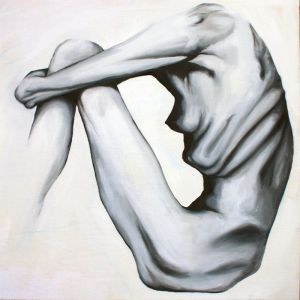
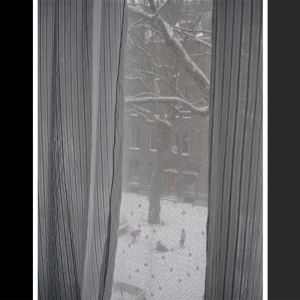
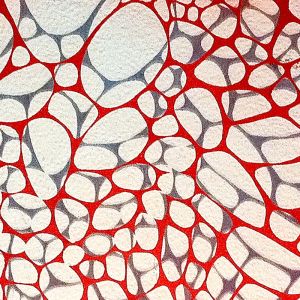
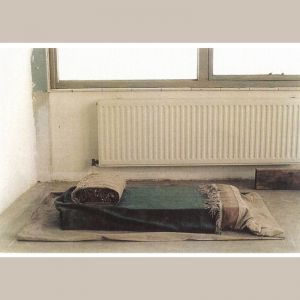
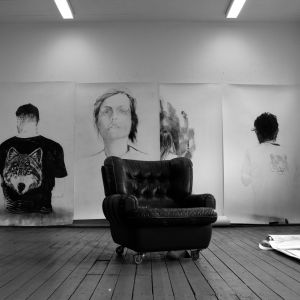
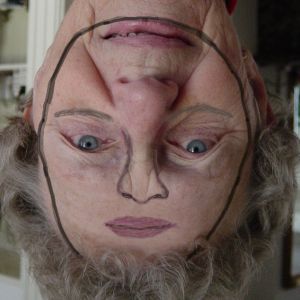
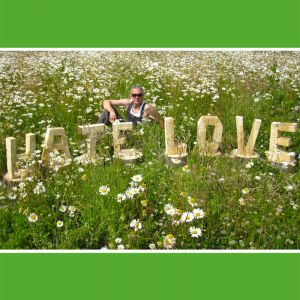
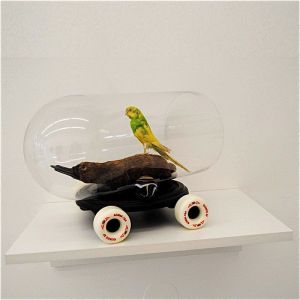
 vierkant_thumb.jpg)
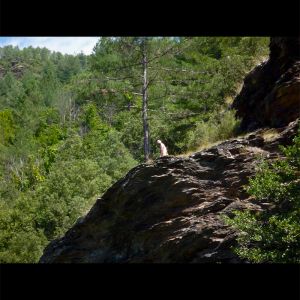
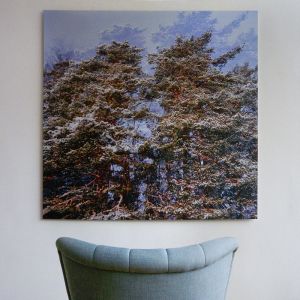
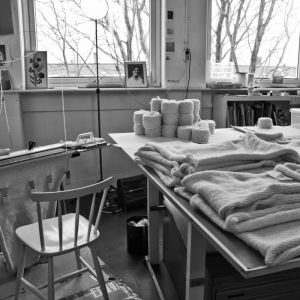
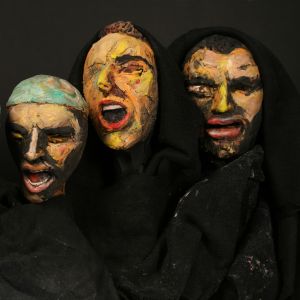
Florentijn IMG_9863_thumb.jpg)
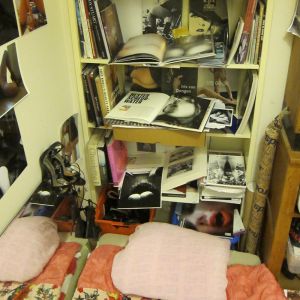
Jeanne van Heeswijk_thumb.jpg)
Kamiel Verschuren_thumb.jpg)
